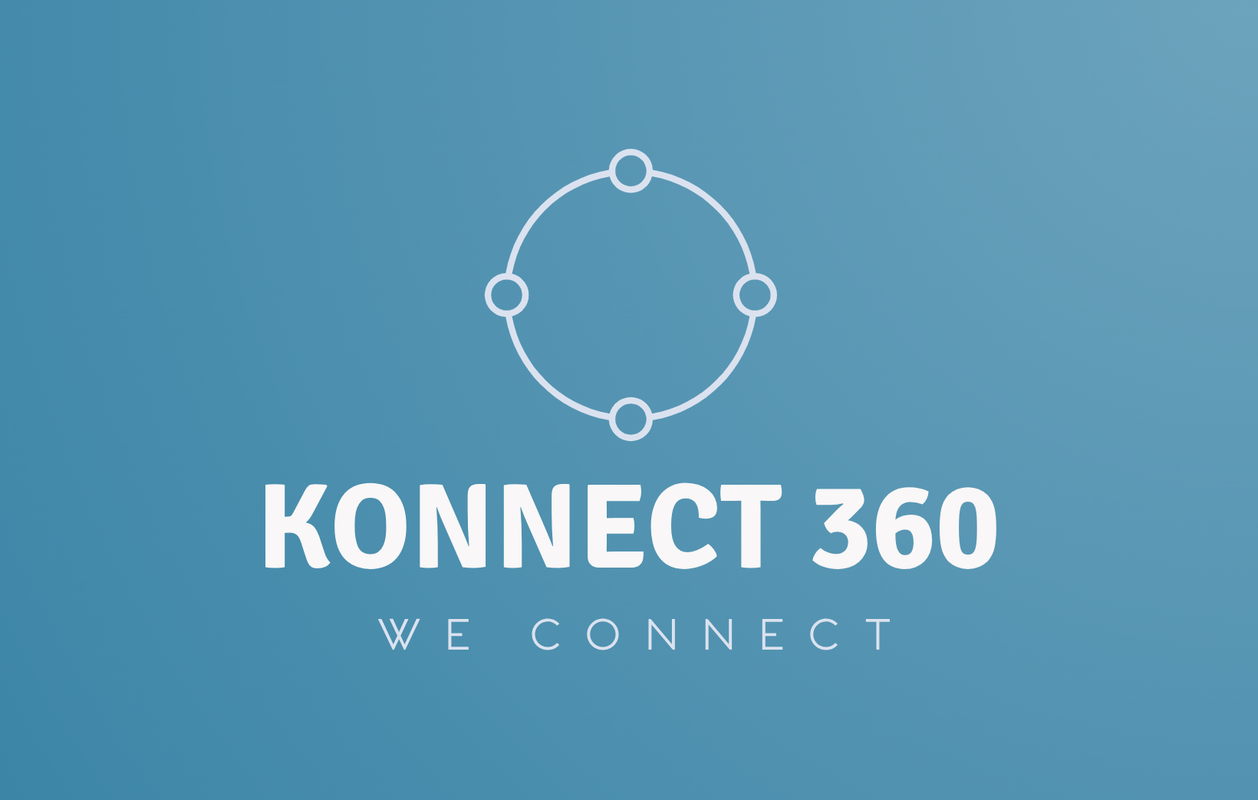How to Manage Your Time Effectively as a Designer
Time management is an essential skill for designers who often juggle multiple projects, tight deadlines, and creative demands. With the right strategies, you can enhance productivity, reduce stress, and deliver exceptional results. In this blog, we’ll explore actionable tips and tools to help you manage your time effectively as a designer.
Understanding the Challenges of Time Management for Designers
Designers face unique challenges when it comes to managing their time. These challenges include:
- Creative Blocks: Unlike routine tasks, creativity doesn’t follow a schedule. Designers may experience periods of low inspiration.
- Client Revisions: Frequent changes from clients can disrupt timelines.
- Multiple Roles: Designers often wear many hats, from ideation and execution to client communication and marketing.
- Unrealistic Deadlines: Balancing quality and speed can be difficult when deadlines are tight.
To overcome these hurdles, a structured approach to time management is crucial.
Practical Time Management Tips for Designers
1. Set Clear Goals and Prioritize Tasks
Start each day by outlining your objectives. Use the Eisenhower Matrix to prioritize tasks:
| Urgent | Not Urgent |
|---|---|
| Important | Do first |
| Not Important | Delegate or ignore |
Tools:
- Trello: Organize tasks and projects visually.
- Asana: Perfect for team collaboration and task management.
2. Use Time-Tracking Tools
Tracking time helps you understand how long tasks take and where your time is going. This insight can help you allocate resources more effectively.
Recommended Tools:
- Toggl: A simple time-tracking app.
- RescueTime: Tracks your activities and provides insights on productivity.
3. Break Down Large Projects
Divide large projects into smaller, manageable tasks. For example:
- Logo Design: Research > Sketch concepts > Digital drafts > Client feedback > Finalize design.
Breaking projects into chunks reduces overwhelm and keeps progress measurable.
4. Leverage the Pomodoro Technique
Work in focused 25-minute intervals followed by a 5-minute break. After four intervals, take a longer break. This method boosts focus and prevents burnout.
5. Create a Distraction-Free Workspace
Minimize distractions to stay focused. Tips include:
- Turn off non-essential notifications.
- Use noise-canceling headphones.
- Keep your workspace organized.
6. Learn to Say No
Overcommitting leads to stress and compromised work quality. Politely decline projects that don’t align with your capacity or goals.
7. Automate Repetitive Tasks
Automation can save hours. For instance:
- Use templates for recurring tasks.
- Automate invoicing with tools like QuickBooks.
8. Plan for Creative Blocks
Incorporate buffer time into your schedule to account for periods of low creativity or unexpected delays.
Top Books for Time Management and Productivity
Boost your time management skills with these insightful reads:
-
"Getting Things Done" by David Allen
Buy on Amazon -
"Atomic Habits" by James Clear
Buy on Amazon -
"Deep Work" by Cal Newport
Buy on Amazon -
"The 7 Habits of Highly Effective People" by Stephen R. Covey
Buy on Amazon
External Resources for Designers
- Awwwards: Inspiration and tools for designers.
- Smashing Magazine: Articles and resources for web designers and developers.
- Canva Blog: Design tips and tutorials.
Sample Daily Schedule for Designers
| Time | Task | Notes |
|---|---|---|
| 8:00 AM – 9:00 AM | Morning routine and planning | Set daily goals. |
| 9:00 AM – 12:00 PM | Creative work (high priority) | Focus on demanding tasks. |
| 12:00 PM – 1:00 PM | Lunch break | Recharge and refresh. |
| 1:00 PM – 3:00 PM | Meetings and revisions | Client communications. |
| 3:00 PM – 5:00 PM | Admin tasks and learning | Emails, invoicing, skill-building. |
Conclusion
Effective time management empowers designers to deliver high-quality work while maintaining work-life balance. By setting clear goals, using the right tools, and planning strategically, you can optimize your workflow and unleash your creative potential. Start implementing these strategies today and experience the difference in your productivity.
For more resources and tools to elevate your design career, check out the recommended books and tools above.






0 Comments